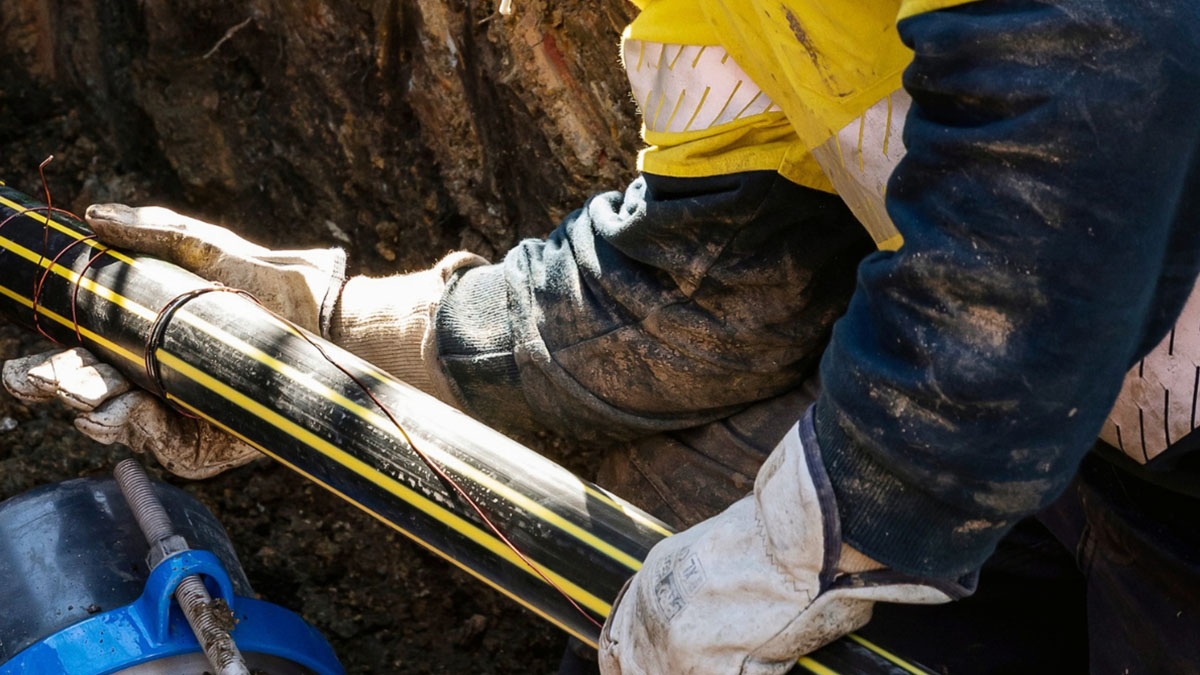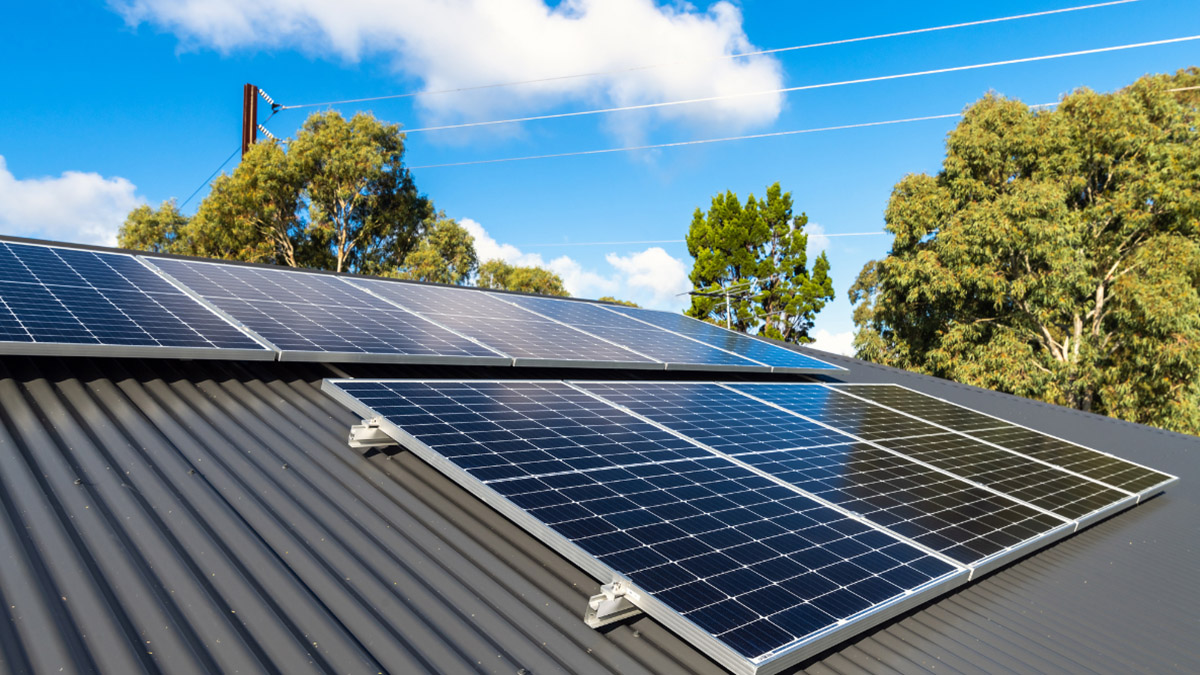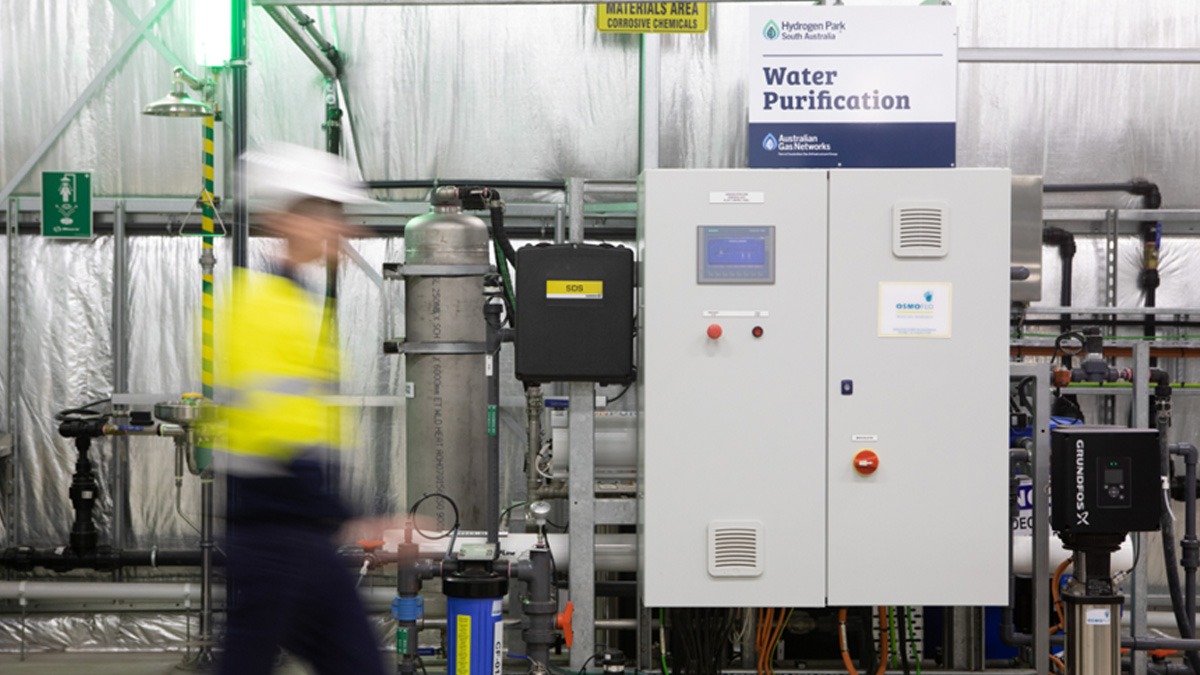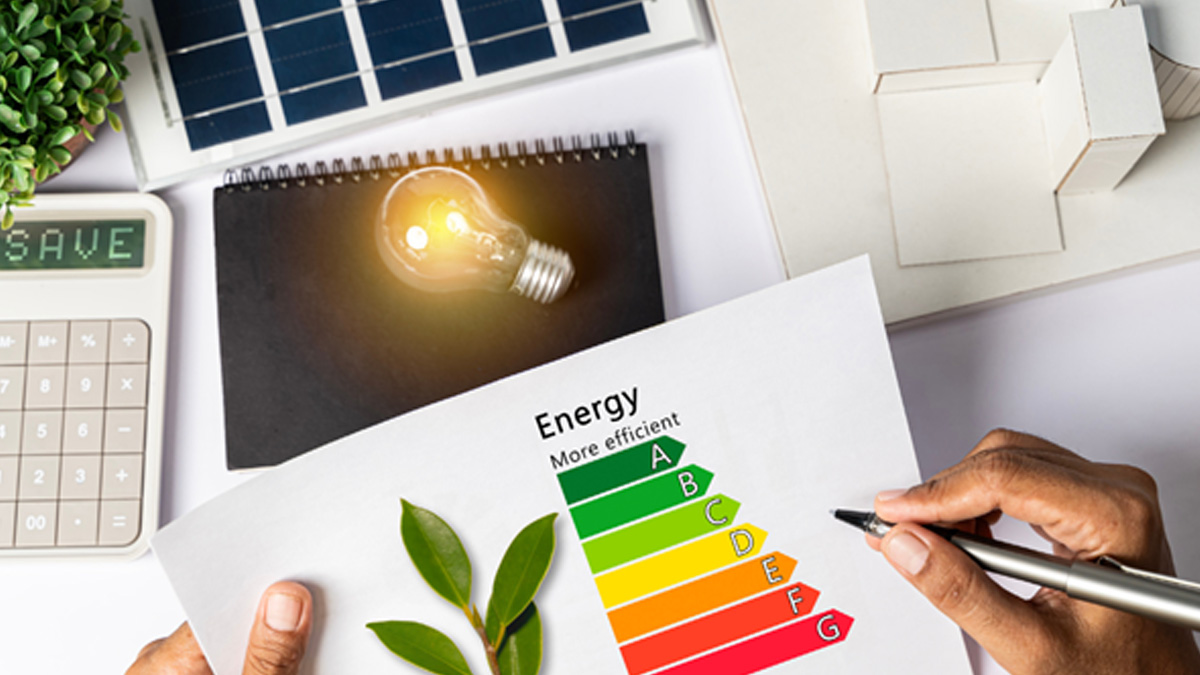The energy sector is complicated. Every day there seem to be more studies and articles that contradict the ones that preceded them, innovations that promise a lot then disappear, endless debates that mire the entire industry. All of this leads to countless shades of grey.
In this murky landscape, it is easy for a highly efficient, safe substance with the potential to reduce greenhouse gas emissions to be maligned because it is less understood.
By using renewables to split water into hydrogen and oxygen, we can provide essential energy everyday, including those times we need it most.
Here, we deep dive into the main arguments used against hydrogen and separate fact from fiction…
But hydrogen is flammable right?
Yes. Just like natural gas and other fuels, hydrogen is flammable. But just as your news headlines aren’t currently dominated by constant gas or fuel explosions, they won’t be with hydrogen either.
If hydrogen really was unable to be safely managed, would it be used as widely around the world as it is today? As you read this, vast swaths of hydrogen are being stored and transported safely in countless pipelines and vessels without any issues at all.
But let’s get back to dissecting the actual flammability. Hydrogen is lighter than natural gas (there’s a reason it’s numero uno on the periodic table), meaning that hydrogen disperses more quickly, which helps to reduce the potential for ignition.
Add to this the fact that our networks are predominantly polyethylene, allowing for the safe and effective transportation of pure hydrogen.
What about the pipes? Won’t hydrogen damage them or cause leaks?
One of the reasons hydrogen gas offers so many advantages is because there’s already a great distribution network that is largely ready (with some minor upgrades in areas) to transport it to homes and businesses across Australia. Even better, hydrogen can be safely stored in the pipes, and even transported overseas as an energy commodity.
One question we have seen raised occasionally on social media is around the additional moisture produced by the burning of hydrogen. Water vapour is found in the combustion of most gases, including natural gas, LPG and hydrogen. It is taken out though the flue of the appliance along with any other products of combustion. As we transition to hydrogen we will see a slight increase in water vapour when compared to natural gas, however the changes are miniscule when blended at up to 20% hydrogen, and remain inconsequential even at 100% hydrogen.
And as we move towards 100% renewable hydrogen, we will use our longstanding expertise and experience to ensure that we meet the same standards for renewable hydrogen gas, delivering gas safely, efficiently and reliably to our customers.

What about the appliances?
Contrary to what some sources will have you believe, you won’t need to change your gas appliances for a long time.
Existing gas appliances will work safely and reliably on blended renewable gas at up to 13% hydrogen levels. This is because certified household gas appliances are already tested at this level, a level of hydrogen that won’t be reached for many years.
As we move towards 100% hydrogen, the performance of home appliances will be affected, because hydrogen burns differently. But by this time, your unit will likely have reached an age where it needs to be replaced anyway, and hydrogen-ready appliances will be the norm.
And rest assured, hydrogen-ready appliances will operate initially with natural gas, and then, when required, can be switched to run on 100% hydrogen with minimal effort.

Isn’t hydrogen odourless and colourless? How will you make that safe?
Yes, hydrogen is in theory odourless and colourless, but both of these potential issues are easily resolved.
To help make hydrogen more user friendly, an odour is added so that it has a distinct smell. This exact process is being used to good effect in hydrogen gas pipelines around the world. We also use the exact same process in our natural gas today.
And although a pure hydrogen flame is colourless, in reality the flame has a yellow/red hue due to naturally occurring impurities in the air.
Rest assured, the hydrogen gas that reaches your household or business in the not-too-distant future will look and smell similar to the natural gas you know and love.
Why can’t we just power everything with renewables?
Firstly, we love renewable energy. Solar, wind, hydro, you name it: these types of energy sources are undoubtedly the way forward. But the bigger question is how we best harness these.
Some renewable advocates preach full electrification to achieve net zero emissions. But when Australia’s energy system currently relies on natural gas and liquid fuels (petrol and diesel) for more than double the energy provided by electricity, it’s hard to see how this future will feasibly work anytime soon.
This is because, when we convert solar and wind energy into renewable hydrogen, our 35,785km network of pipes act as energy storage to the equivalent of 40 million Powerwall batteries! This is especially important when the sun isn’t shining, and the wind isn’t blowing.
Therefore, as we move towards net zero emissions, we must continue to use diverse sources of energy – if we don’t, we risk developing a more costly, less reliable energy system.

What about the water consumption though? Won’t the process of creating hydrogen gas uses heaps of water?
Good question. To create renewable hydrogen gas, a process called electrolysis separates water (H2O) into hydrogen (H2) and oxygen (O). For this, we use a green electrolyser powered by renewable (solar and wind) energy.
Using South Australia as an example, research indicates that if we converted its gas network from natural gas to 100% hydrogen, the state’s water consumption would increase by around 2%.
But by the time this occurs, we’re confident we will be able to utilise desalinated water and waste/recycled water for the electrolysis process to bring this number even lower.
Finally, there is some wastewater at the end of the process. This excess water is safe and is currently drained away. We are also exploring ways to further recycle this run off.

Someone told me hydrogen is just a greenwashing attempt by energy companies?
Greenwashing is the term used when a company tries to massively oversell its green credentials and initiatives to deceive consumers. The recent scandal around soft plastics would be one example. Some carbon offsetting schemes would be another.
Conversely, hydrogen gas is a well known entity, which we are championing in a number of different ways. One of these is our Hydrogen Park Gladstone (HyP Gladstone) pilot, which continues our hydrogen leadership and will deliver Australia's first gas network decarbonisation project at volumes up to 10%.
HyP Gladstone is proudly supported by the Queensland Government, with grant funding of more than $1.78 million from the Hydrogen Industry Development Fund (HIDF). Now operational (since late 2024), it will help support Queensland’s target of 50% renewable energy by 2030, and Gladstone’s vision to be a key hub for Queensland’s domestic and hydrogen export industry, just as it is for natural gas today.
Hopefully this article has helped convince you that hydrogen gas is viable and that we’re working hard to create a harmonious, diverse energy mix by leading the way in the renewable hydrogen space..
You mentioned the government. What do our governments think of all this?
Gas plays a critical role in today’s energy mix and will continue to do so in the future as we transition to renewable hydrogen. This journey to decarbonise using renewable hydrogen is something both State and Federal governments support.
The VIC government clearly sees the benefits of hydrogen gas as it includes innovative energy sources like renewable hydrogen as part of its clean energy future.
The benefits of renewable hydrogen gas also help explain why the Intergovernmental Panel on Climate Change (IPCC) lists hydrogen as one of the methods that can help us achieve the deep emissions reductions required in energy-intensive industries to limit warming to 1.5C.
And on a regulatory level, we adhere to strict regulations and guidelines by relevant government bodies that are designed to ensure our commitment to safety, reliability and service. As we introduce hydrogen gas more, we look forward to working with your local authorities to ensure your safety, and a reliable service.
This has been really informative, where can I find out more?
Renewable hydrogen is just like natural gas in that people all over the world can use it to heat their homes, power their vehicles and enjoy the luxuries of hot water. But it produces no carbon dioxide when burnt, only water vapour and energy as heat.
This renewable gas can also be delivered to your home using our existing networks with the same exceptional reliability and safety record we pride ourselves on today.
At AGN, our aim is to fully decarbonise our distribution networks by 2040 as a stretch target and by no later than 2050. Read more about renewable gas and all of its benefits, then decide for yourself if you think renewable hydrogen gas deserves to be part of our clean energy mix.




